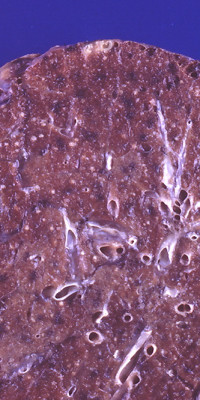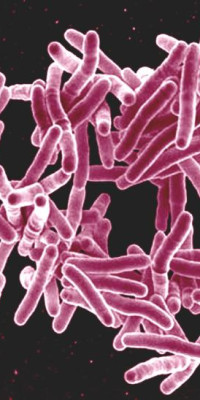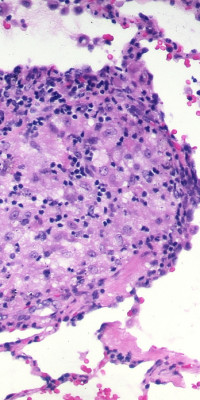Transmission:
TB bacteria spread through the air from an infected person to another person. The TB bacteria disperse through the air when a person with TB disease of the lungs or throat coughs, speaks or sings. People nearby may breathe in these bacteria and become infected. Infection of the lungs or throat spread quicker as a result. The bacteria do not spread on surfaces or from direct contact such as shaking hands.
In NHP Research:
Non-Human Primates (NHPs) are essential models for studying Mycobacterium tuberculosis, the bacteria responsible for TB. In NHP facilities, maintaining a safe environment is crucial due to the susceptibility of these animals to infection. Prompt identification of active TB symptoms is crucial to prevent bacterial transmission within NHP colonies .
Symptoms in Humans:
Signs and symptoms will vary depending on the region of the body that is infected. However, pulmonary infection (lung infection) is the most prevalent. These include:
- A cough lasting 3 weeks or longer
- chest pain
- Coughing up blood
- Feeling weak or very tired
- Unexplained weight loss
- Chills
- Fever
- Sweating at night
- Having no appetite
In Guinea Pigs:
Guinea pigs are naturally susceptible to infection with either Mycobacterium tuberculosis or M bovis. Lesions can be seen in the parenchyma of the lung and adjacent lymph nodes. Other clinical signs including abnormal fur texture and lethargy. Guinea pigs with dormant infection steadily gained weight and presented no clinical signs of active disease.




